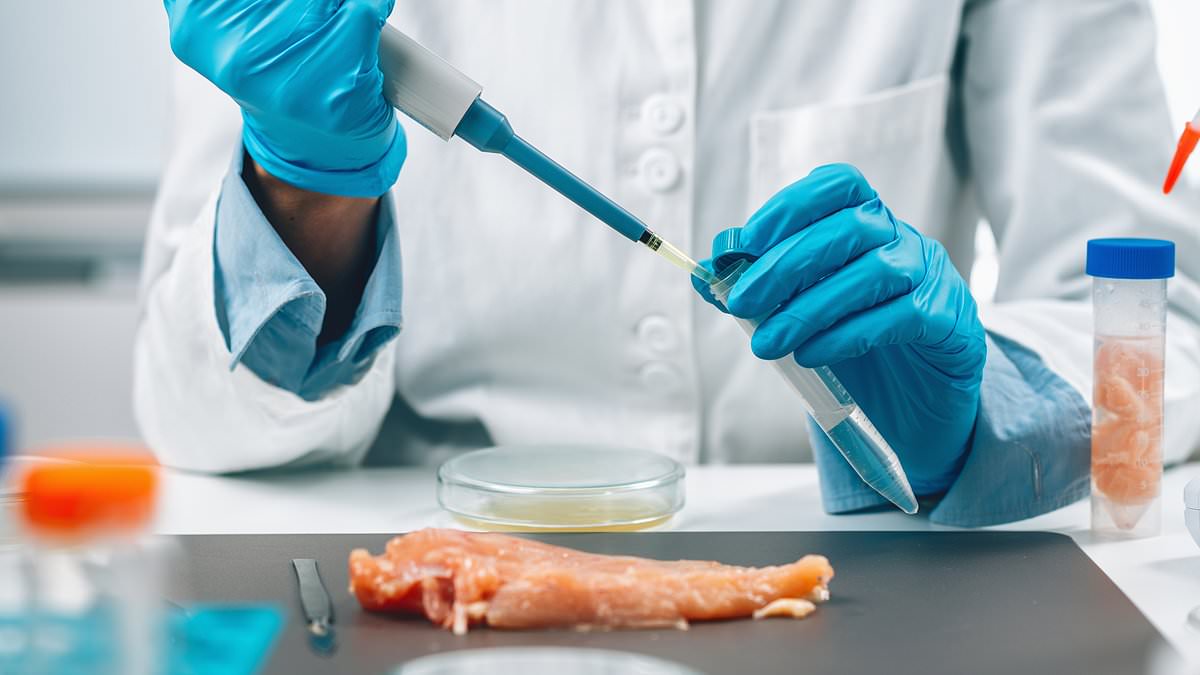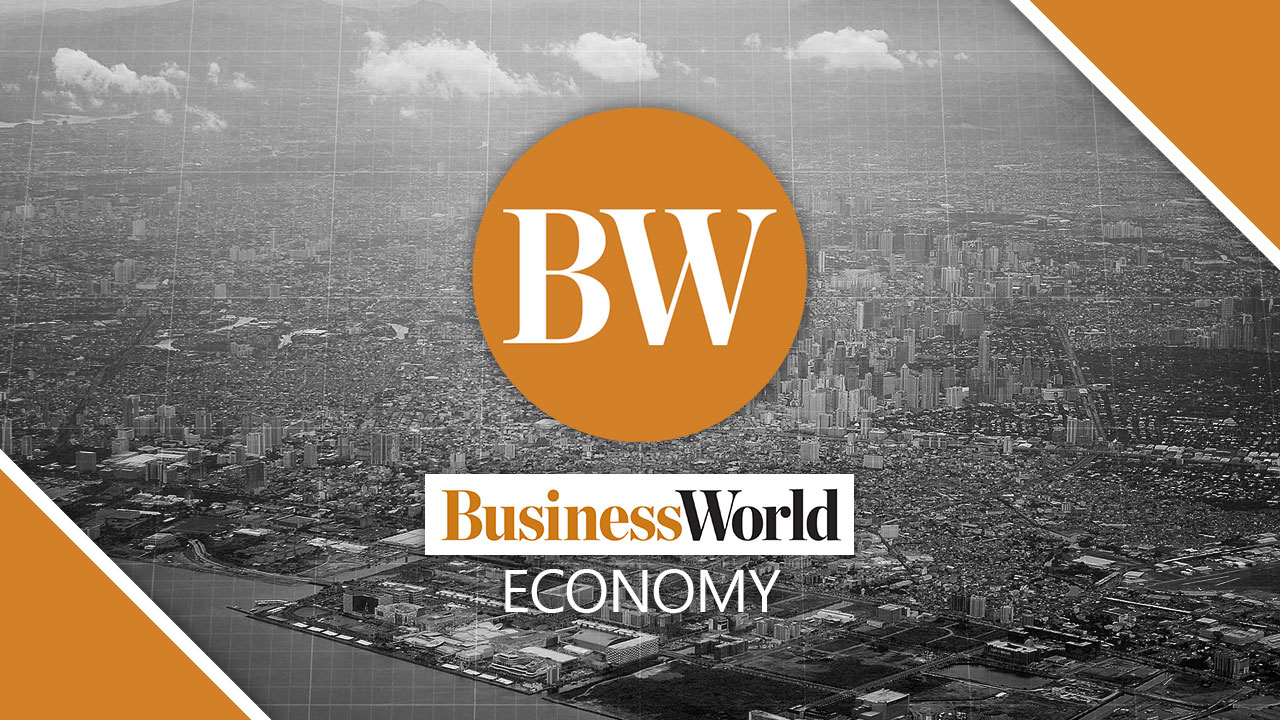Food companies are quietly stuffing your meals with invisible additives NOT on the label to make you pay more
By Editor,Stacy Liberatore
Copyright dailymail

Food companies are quietly stuffing your meals with invisible additives NOT on the label to make you pay more
READ MORE: Food experts reveal shocking differences between US ingredient lists and other countries
By STACY LIBERATORE, US SCIENCE & TECHNOLOGY EDITOR
Published: 17:39 BST, 2 October 2025 | Updated: 18:59 BST, 2 October 2025
As grocery prices are set to rise amid supply chain disruptions and ingredient shortages, food manufacturers are quietly turning to lab-engineered additives.
These additives, often hydrocolloids, protein isolates and other polymer-based compounds, bulk up food by forming microscopic networks that trap water, air or fat, creating the illusion of more meat, dairy or grains than the product actually contains.
Research has shown that tiny amounts of these polymers can hold up to 10 times their weight in water, forming gel-like structures that stabilize texture and boost volume.
The result: a burger, a box of cereal, or a loaf of packaged bread can feel satisfying even when it contains 10 to 20 percent less of the core ingredient.
Dr Sylvain Charlebois, a food policy professor at Dalhousie University, says the tricks are everywhere, including shrimp padded with ice, ice cream pumped with air and deli meats thickened with carrageenan and water, all giving the illusion of more food while delivering less.
Dr Charlebois estimates that American households are overpaying by 0.5 to 1.5 percent of their annual grocery bill due to additives and shrinkflation.
On an average grocery spend of $6,053, that amounts to roughly $30 to $91 disappearing quietly.
For families already struggling with rising grocery costs, these hidden changes mean less protein, cream, or seafood on the table, and more air, water, and stabilizers standing in their place.
A food scientists has warned that Americans will likely pay more in grocery bills for food that is 10 to 20 percent less of natural ingredients
There are visual clues to spot if additives were used, such as excessive fluffiness or uniform texture in bread, which may indicate hydrocolloids or protein isolates that trap air and water.
Frozen shrimp, fish fillets and meats often feature a thick layer of ice or glaze, containing phosphates or stabilizers that retain water and add weight.
Coating or binding agents can give cereals and snacks a perfectly homogeneous appearance.
When shopping, check ingredient lists for additives that often bulk up products without adding nutrition.
Look for carrageenan (thickens dairy and deli meats), xanthan gum (stabilizes sauces and baked goods), modified starches (hold water and improve texture), soy protein isolate (boosts perceived protein content), sodium phosphate (retains moisture in meat and seafood) and cellulose (fiber filler in shredded cheese and baked goods).
While these ingredients are generally safe, they can inflate weight or volume, meaning you’re paying for water or air rather than actual food.
To spot over-engineered products, compare the unit price, cost per ounce or pound—rather than just the package price. A smaller package may actually contain more edible product than a larger, additive-heavy one.
For example, a 12-ounce bag of frozen shrimp might seem cheaper than a 10-ounce bag, but if two ounces are ice glaze, you’re effectively paying more per ounce of shrimp.
A food scientists has explained how manufactures are using lab-engineered additives to bulk up food. The result: a burger, a box of cereal, or a loaf of packaged bread can feel satisfying even when it contains 10 to 20 percent less of the core ingredient
Longevity experts reveal the common food additives which are WORST for your health
Dr Charlebois revealed that the simplest way to check if your food was packed with additives is by weight.
‘Thaw frozen seafood and weigh it; if you’ve lost more than 10 percent, you bought ice,’ he said.
‘Cook a package of chicken and measure the yield; excess purge in the pan tells you it was more water than meat.
‘Even with ice cream, just let it melt: the one that collapses quickest was mostly air.’
Many of the additives hidden in everyday foods do not just bulk up volume, but they also change the way food feels and looks, tricking your senses into thinking you’re getting more than you are.
From frozen seafood to ice cream and baked goods, manufacturers rely on chemistry to create the impression of abundance and richness, even when core ingredients are reduced.
‘Phosphates in meats open up muscle fibers so they bind more water, meaning you’re paying for added moisture,’ said Dr Charlebois.
‘Emulsifiers in frozen desserts trap air bubbles that give the impression of volume.
‘Modified starches thicken yogurts and sauces so they feel richer, even when milk solids or oils are reduced.’
He noted that while additives are not inherently bad, many are safe; they can be misused to disguise price increases.
‘Canadians [and Americans] deserve better disclosure so we can judge value on a fair basis,’ Dr Charlebois said.
CanadaHalifax
Share or comment on this article:
Food companies are quietly stuffing your meals with invisible additives NOT on the label to make you pay more
Add comment



